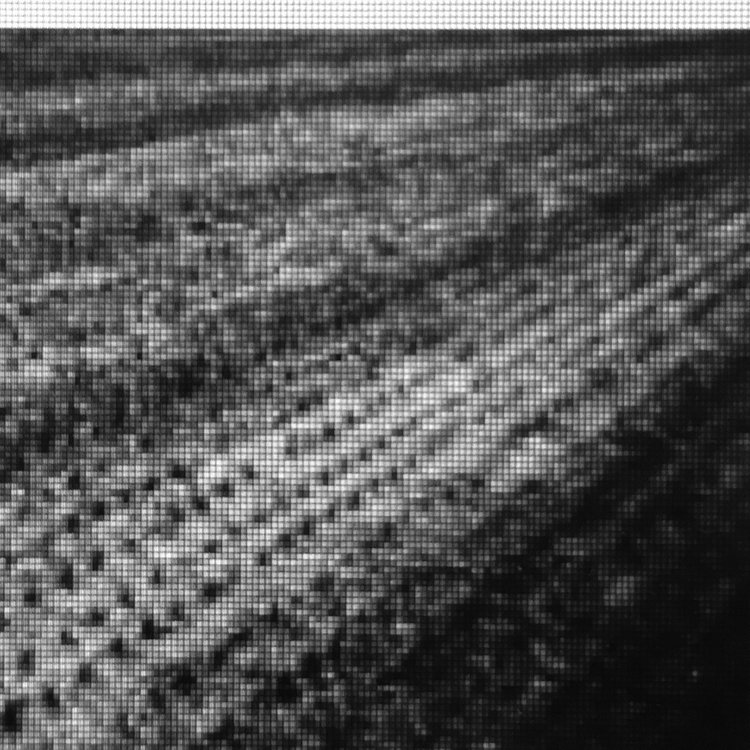Glorification of the future is something I’ve been coming across a lot lately, especially now that I’m reading up on Metabolism, the Japanese architectural movement that rose from the tabula rasa that was Japan in the first half of the twentieth century.
The Great Kanto Earthquake in 1923, Japan’s imperialism in the 1930s and the firebombing and atomic bombing of cities in 1945 created vast, empty, laden landscapes.
Metabolism, rooted in left-wing ideals, saw in these happenings an opportunity to build the future. An architectural utopian dream of New Urbanism, with a core idea of biological sustainability and adaptability to change. The ever-present Japanese concept of impermanence, now embodied in architecture.
The architect Kenzo Tange, who led the movement, shifted Japanese architecture beyond the tension between functionalism and traditionalism. Metabolism disappeared after Expo ’70. Its greatest success, its core as part of mainstream thinking about architecture and urbanisation, also became its demise.
Curiously, the Metabolists published a manifesto in 1960. A statement made up of four essays by four members, each presenting their architectural vision.
A manifesto. It’s something we shy away from nowadays, for fear of making statements that we might need to recant. But maybe we need more of these theoretical artistic public statements.
Not to promote our work, but to talk about our intentions, our motives, our beliefs. We need once again to make bold claims for changes that we seek. Not that they need come true, but that they show a commitment, and original thinking about this world.
/// #image_by_image is an ongoing conversation between photographers Ivan Sigal and Anton Kusters. @ivansigal @antonkusters on Instagram ///
